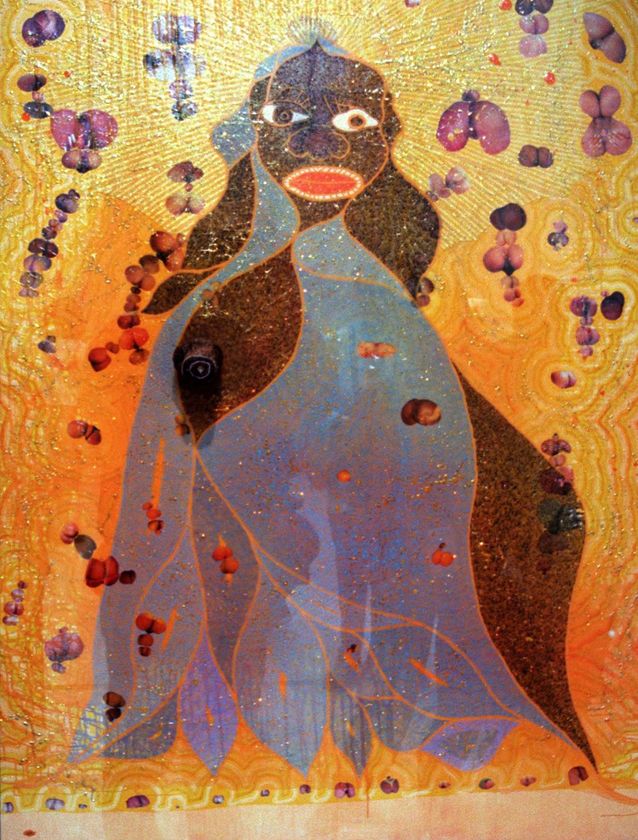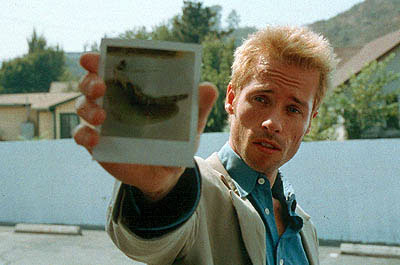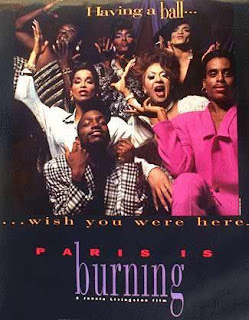Jean Léone Gérôme, The Snake Charmer, 1870
The West considered themselves superior to those they conquered. A power-relationship exists whereby the West is more powerful because they bought ideas and civilization to these less civilized and "barbaric" worlds.
Joan Scott's "Multiculturalism and The Politics of Identity"
- criticizes conservatism AND minority groups for essentializing themselves
- the idea of a "true" inner self is problematic because in identifying a person with an individual self, it prevents the person from being anything else (essentializing)
- discrimination against groups is a result of their difference (relative: white vs. black)
- criticizes ideology of individualism. Individualism stresses experience as the necessary prerequisite to criticism; therefore, a man cannot be a feminist, because he has not had the experience of being a woman.
- the overprotection of identity is problematic because identity is always in flux. Scott argues that identity must be out in the open and be susceptible to socio-cultural influences.
- must always think collectively
Identity is fluid.















